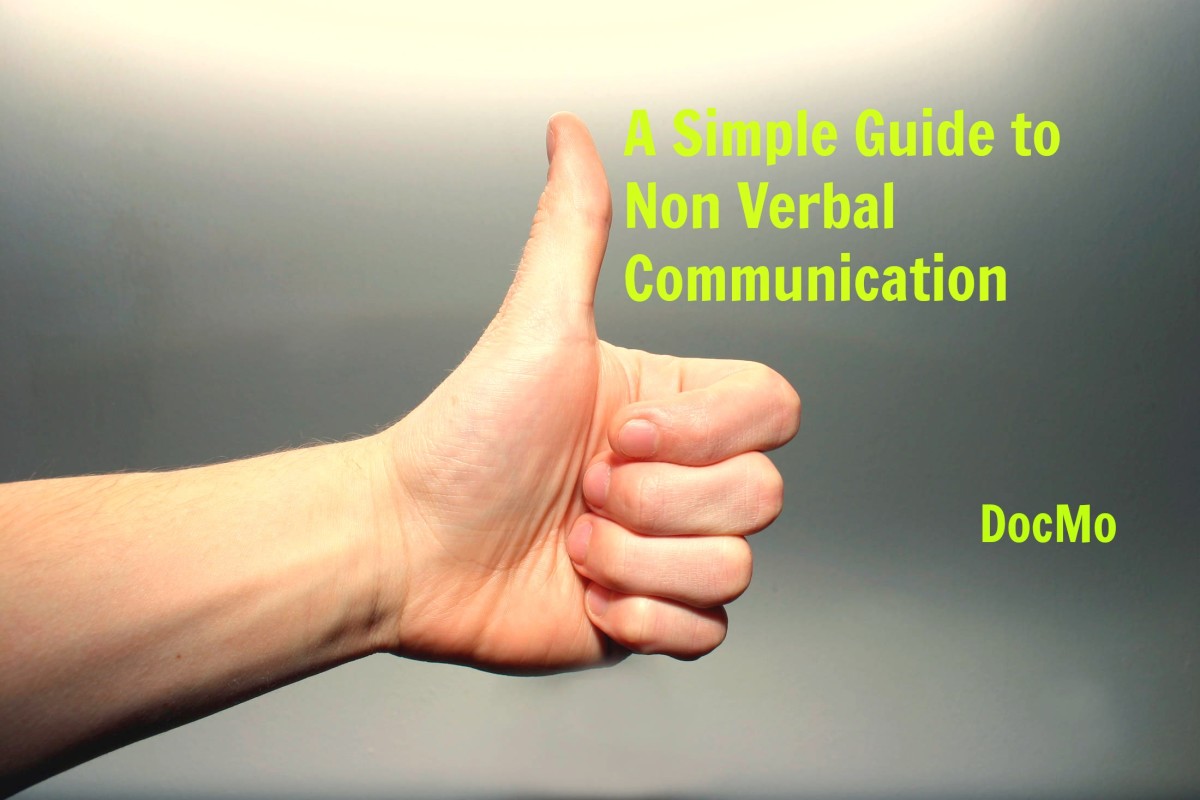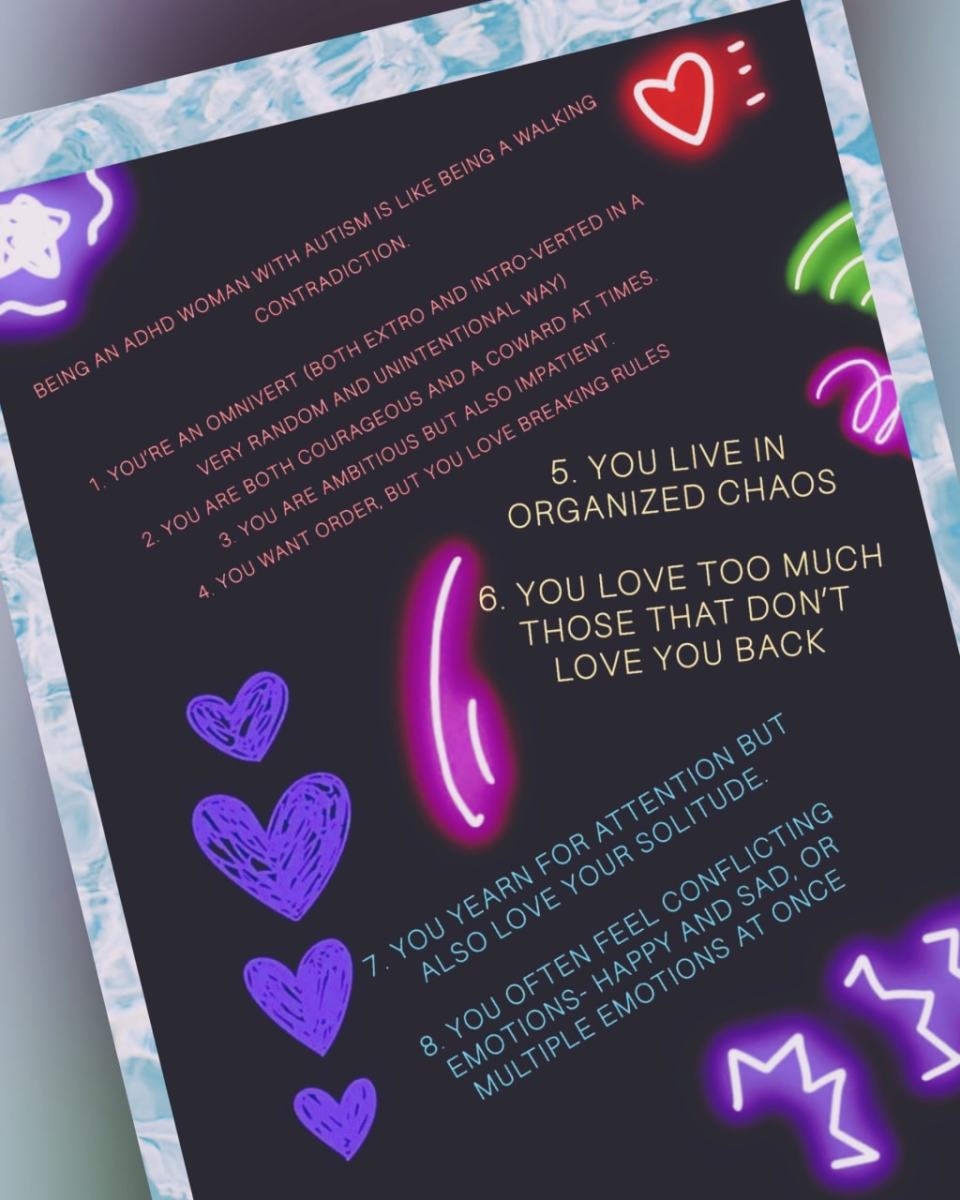How to help your autistic child communicate
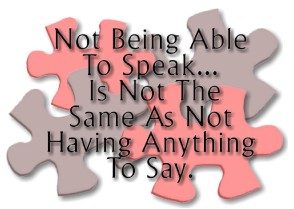
The importance of having a voice
Lack of adequate communication skills and stunted socialization are two of the major stumbling blocks that children with autism experience. As parents of these special girls and boys, we are often not properly equipped to teach them to have a 'voice' - whether that voice is spoken, or through assistive devices.
But the frustration that these children feel as they grow up without fluent language can show itself through aggression and depressive behaviour.
Finding that voice
There are a variety of ways to help your child find his voice, and the method that you choose will depend on the severity of your child's disability and the method that your child excels at using. Options are best discussed with your child's Speech Language Pathologist or other such professional.
If spoken language is not possible or is limited, there are many other options. The exact devices will obviously vary depending on your location.
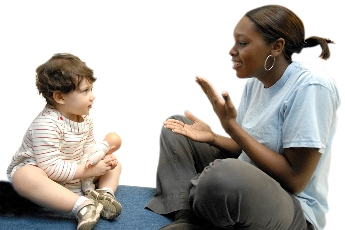
Sign language
As with any new form of communication, learning sign language takes time, patience and persistence. Repetition is key!
PRO:
- This biggest benefit to choosing this type of communication is that there is no assistive device to buy
- There is also no device to carry around
CON:
- Although the child's family will learn sign language along with the child, this language will not often be understood by those outside the child's immediate circle.
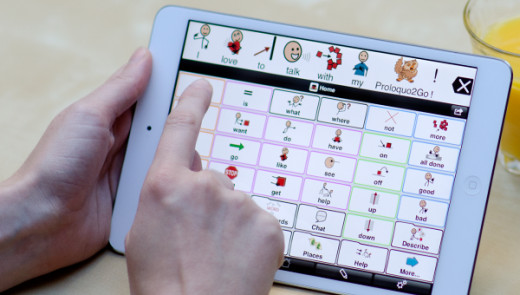
Symbol-supported communication apps
There are many symbol-supported apps available on iPad and Android devices. Some are available for free, but as with any app, full access and high performance can be best achieved through apps that are paid for.
PROS:
- These apps are often fully customizable, catering to a wide variety of users of varying abilities
- They run on devices that are often already owned
CON:
- These apps can be expensive
- The child needs to carry around a device
For example, Proloquo2Go is an award-winning Augmentative and Alternative Communication (AAC) solution for iPad, iPhone and iPod touch for people who have difficulty speaking or who cannot speak at all. It can be adapted to suit the needs of any user and is completely customizable. Speech can be generated by tapping symbols, photographs, or by typing letter by letter.
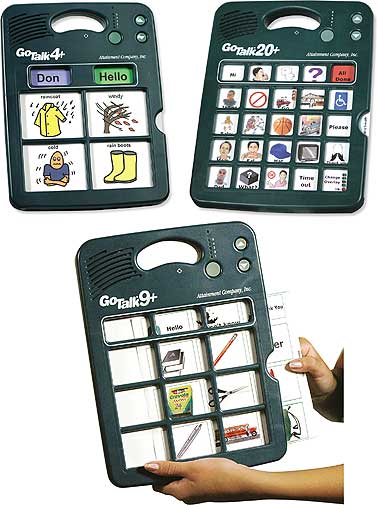
Portable communication aids
One example of a portable communication aid is the GoTalk. They come in varying sizes and are customizable with your own images and even your own voice.
PRO:
- These devices are fully customizable
- Easy to use
- You record your own voice, using your own terms, in any accent, in any language
CON:
- Your child must always carry a device around
- Sheets need to be created on a computer, printed, and laminated
Weighing up your options
There are pros and cons to each of the above examples. The method you settle on will depend on the severity of your child's disability and the method that your child naturally chooses.
And don't be surprised if you end up trying them all! And some!
On a personal note
My son, Jake, is 11 years old. He was diagnosed at age 3 with autism and global developmental delay. He is completely non-verbal and relies on a little bit of all three of the above-listed communication methods.
My personal preference was sign language, because we didn't need to worry about lugging a device from room to room, but Jake has not learned many signs.
We also use Proloquo2Go on Jake's iPad and we have a GoTalk20. The GoTalk is probably our least-used device.
Obviously, there are other devices and other teaching methods for those who need help communicating. Sometimes, it's just finding the one that suits your specific needs.
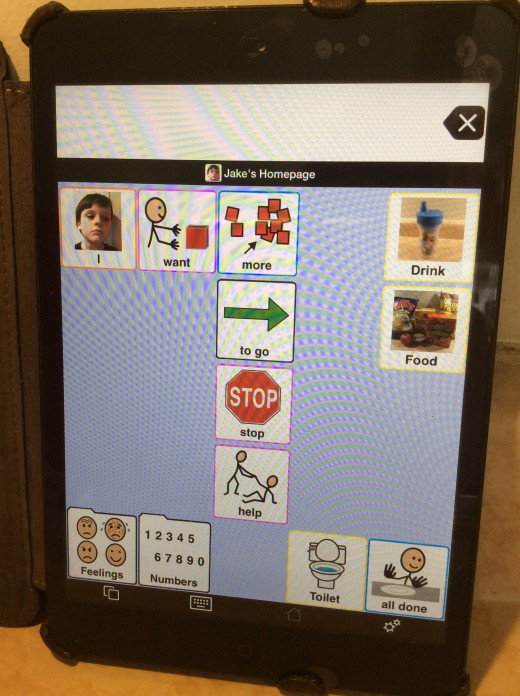
© 2015 Nicola Kendall





